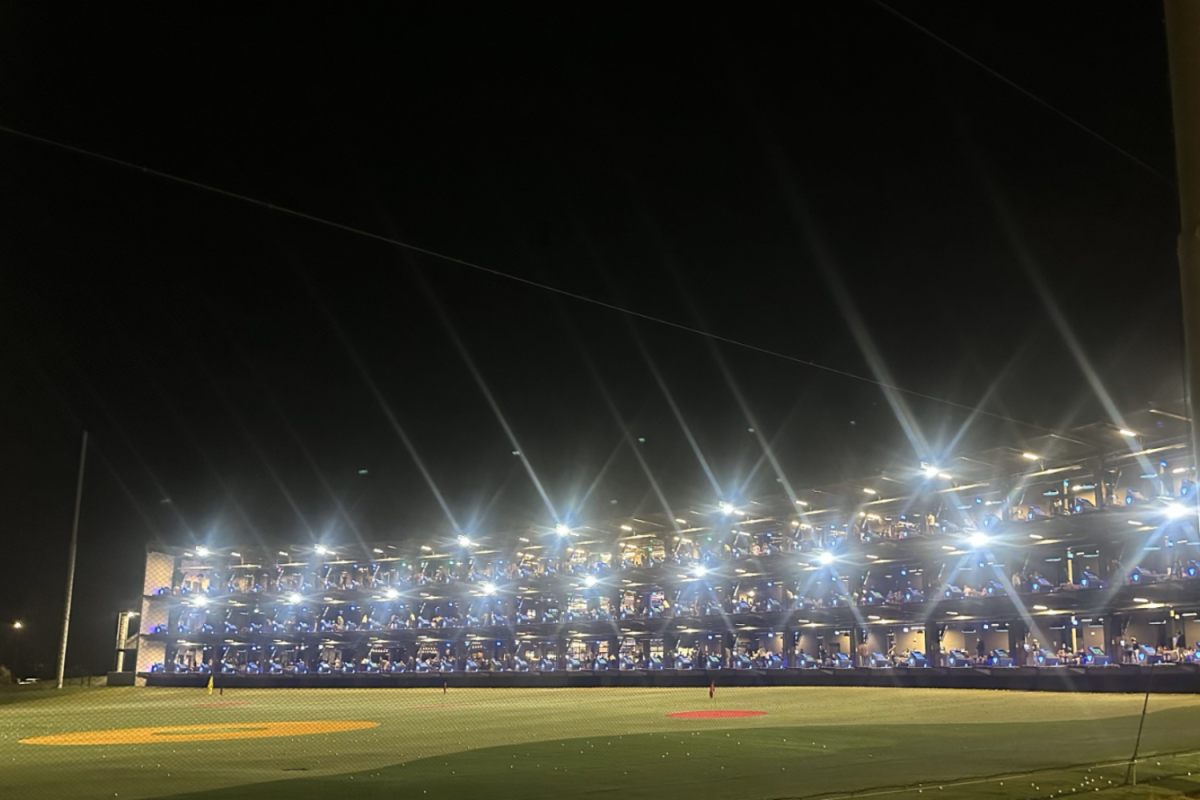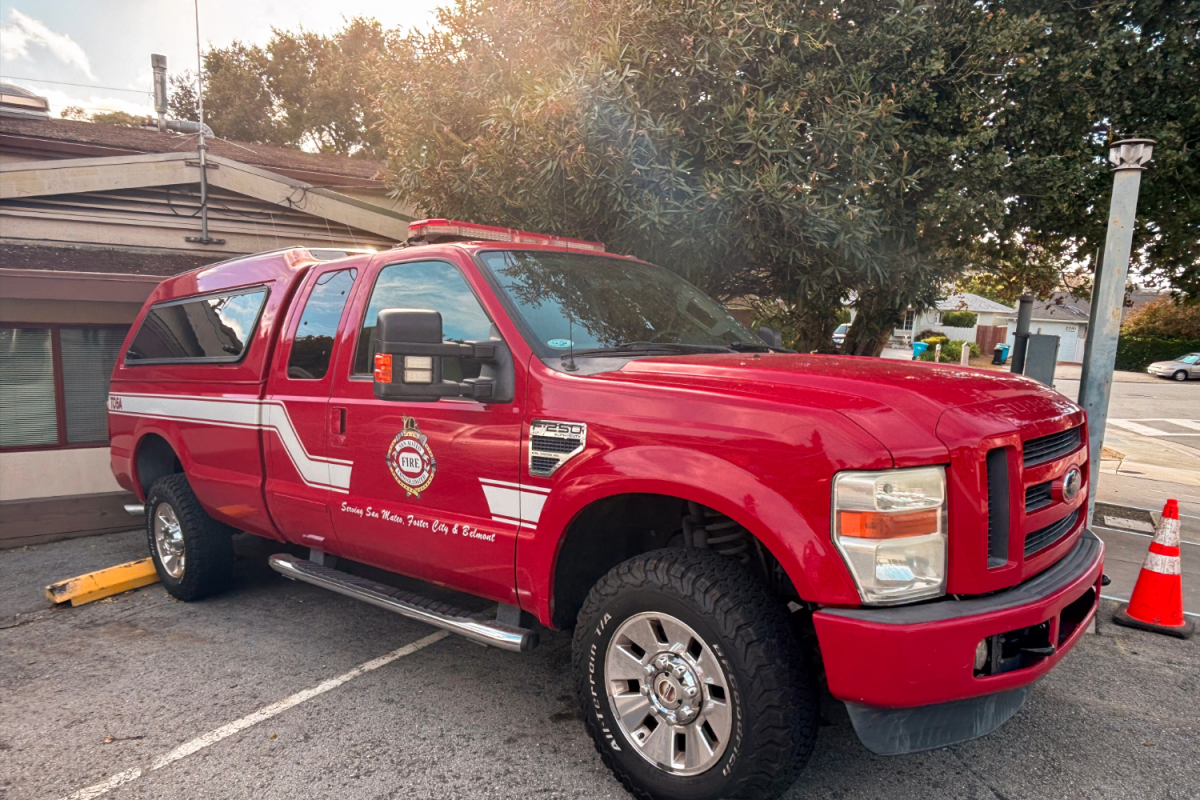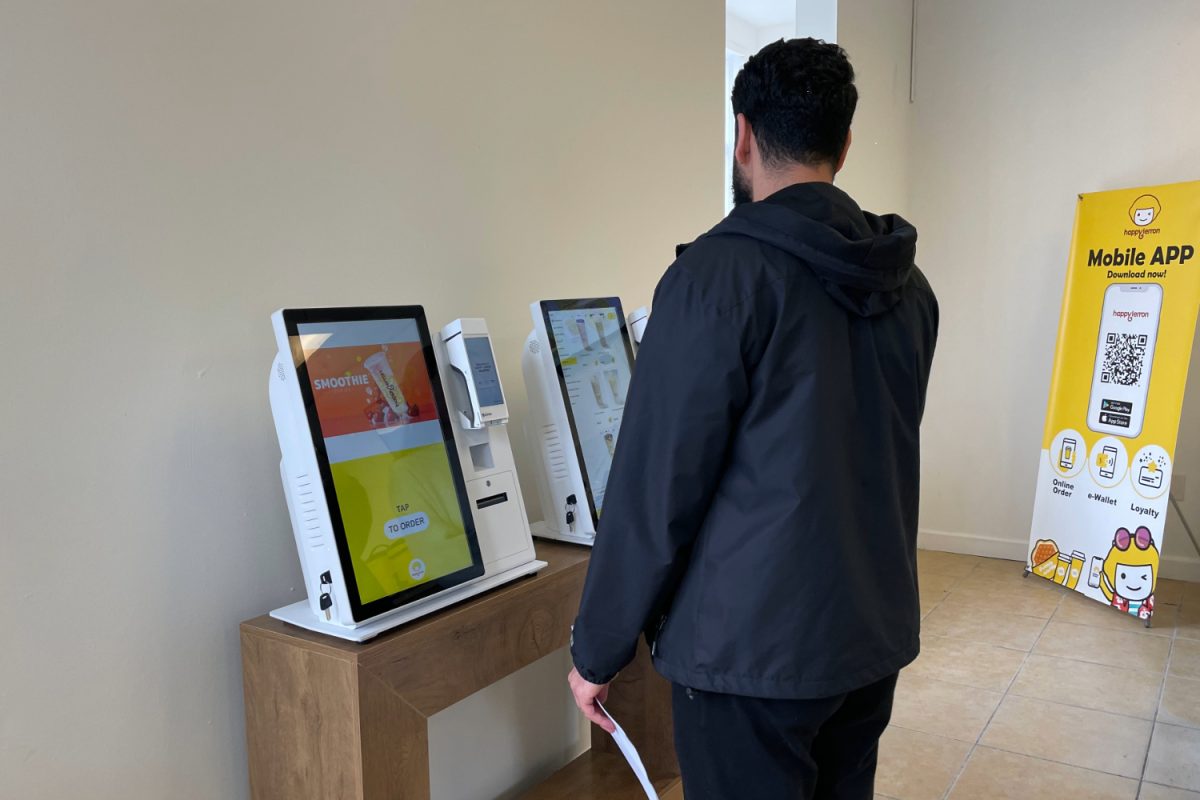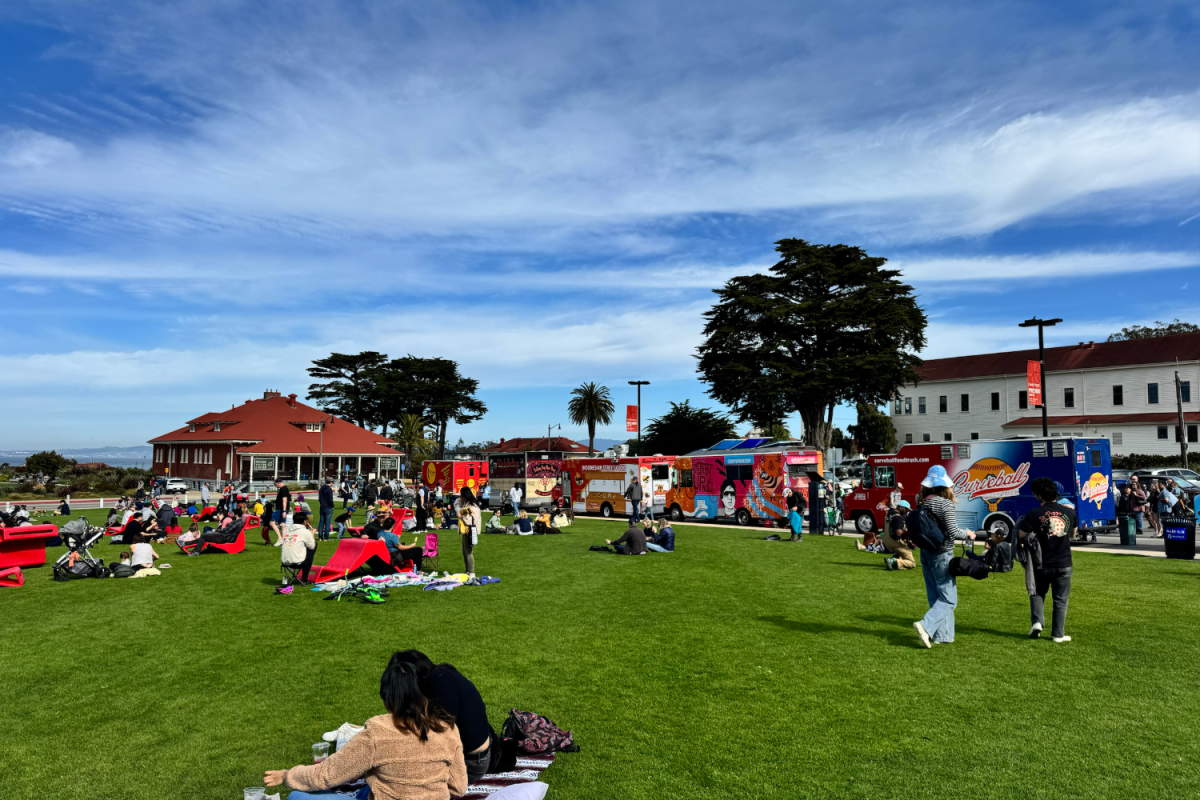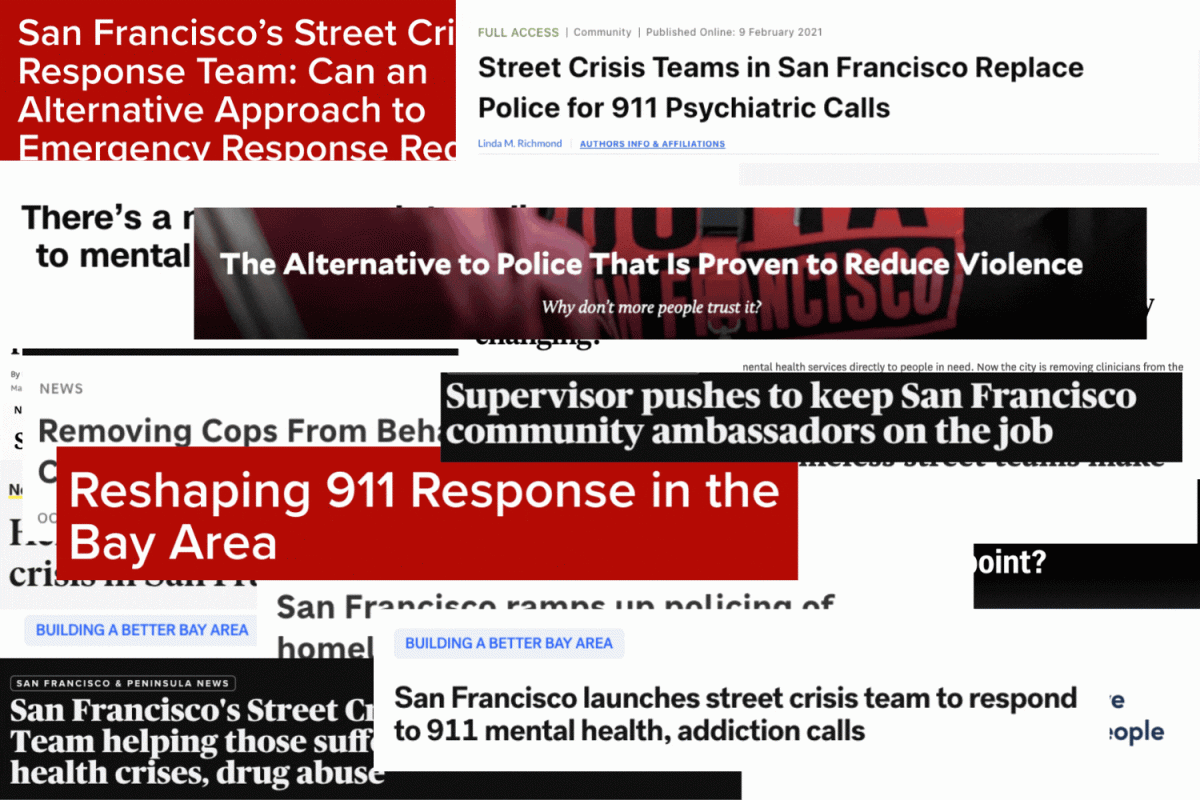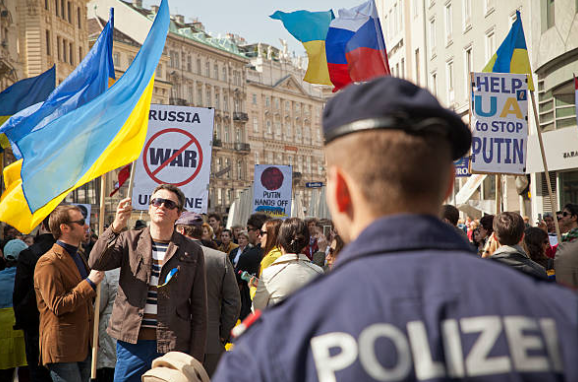
Russian President Vladimir Putin announced the launching of a Russian “military operation” in eastern Ukraine on Thursday, Feb. 24, at 5:55 a.m., Moscow time, through a televised address, which has since resulted in multiple missile and helicopter attacks on various Ukrainian military bases.
Thus far, Ukrainian officials have reported 50 casualties, many of them civilians whose homes were hit in the subsequent airstrikes. Thousands of Ukrainian citizens have also taken to the roads, heading west to escape the oncoming 150,000 Russian troops and flee the country.
The attack began as a result of Russia’s eight-year tensions with its neighboring country. Over the course of several years, small-scale invasions have resulted in the annexing of Crimea and a war in Donbas, instigated by pro-Russian separatists in the region.
On the day of the attack, NATO, the U.N., and many of the world’s most powerful nations, with the notable exception of China, condemned Russia’s military invasion.
“Putin has just launched a full-scale invasion of Ukraine. Peaceful Ukrainian cities are under strikes. This is a war of aggression. Ukraine will defend itself and will win. The world can and must stop Putin. The time to act is now,” said Dmytro Kuleba, the Minister for Foreign Affairs of Ukraine.
United States President Joe Biden joined other Western nations to support Ukraine.
“We are united in our support of Ukraine,” Biden said. “We are united in our opposition to Russian aggression.”
Biden also had strong words on the justification of Russia’s attack on Ukraine.
“None of us should be fooled. None of us will be fooled. There is no justification,” Biden said.
In addition, nations across the world sought to present a united front, with more than two dozen European Union members unanimously agreeing to levy their own initial set of sanctions against Russian officials. The combination of these sanctions and Russia’s current declaration of war against Ukraine has led to a plunge in the stock market as oil prices soar to more than $105 a barrel.
In response, Putin has released the ominous warning of a “strong” and “powerful” retaliation against those who continue to oppose Russia and attempt to supply aid to Ukraine.
United Kingdom’s Prime Minister Boris Johnson has warned that Russia’s incursion across the border into Ukraine “could be the biggest war in Europe” since World War II, with casualties on both sides.
A Brief History of the Conflict
Following the breakdown of the Soviet Union in 1991, both Ukraine and Russia continued to retain close ties for many years. At the time of the breakup of the Soviet Union, Ukraine possessed a significant nuclear arsenal, which the country agreed to abandon in the Budapest Memorandum on Security Assurances in 1994, on the condition that Russia (and the other signatories) would issue an assurance against threats or use of force against the territorial integrity or political independence of Ukraine. In a continued denial of Ukrainian sovereignty, Putin has spent several years edging closer and closer to Ukraine, culminating in the deployment of Russian troops and the launching of military operations on Feb. 24, 2022. Since the beginning of the crisis in 2014, the U.N. reports at least 3,407 civilians, 4,400 Ukrainian forces personnel, and 6,500 members of armed groups dead, and up to 39,000 people injured, with at least 7,000 being civilians.

